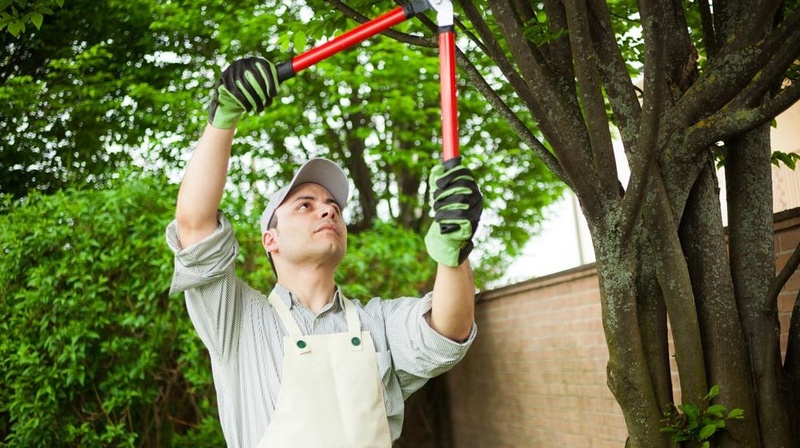
Pruning for the Health of Your Trees
Trimming is a necessary part of caring for the trees on your property. It requires some time and work but will ensure your trees stay healthier longer. Whether your goal is maintenance or encouraging vigorous growth, there’s no substitute for proper pruning.
Keeping trees well-trimmed is not just about maintaining the desired size. Pruning provides an opportunity to evaluate trees’ health and make decisions regarding the strategic removal of their branches and shoots.
The primary reasons for trimming trees are 1) to train and control growth, 2) to improve health by removing unnecessary shoots and branches, and 3) to stimulate new growth.
Training & Controlling Growth
Pruning to Produce Shapes
Most of the time, it’s best to allow trees to grow into their natural shapes and sizes, but this isn’t always the case. Sometimes you may want or need your trees to grow into certain forms. This requires training by pruning.
The purpose of training young trees to grow into special forms may be ornamental or functional. Topiary, for example, is the art of targeted pruning to create geometric or fanciful shapes. Espalier is the practice of training trees through pruning and tying to grow along a vertical plane. Gardeners espalier trees for aesthetics, space conservation, and efficient fruit-gathering.
Pruning to Maintain Size
Even if training beautifully espaliered apple trees isn’t on your to-do list, pruning your normally-shaped apple trees should be. Regular trimming maintains the size and overall shape of your trees, which can be important depending on their locations. Consider these situations:
- Large trees growing next to a bedroom window and impeding the view
- Limbs hanging low over a driveway and reducing vehicles’ clearance
- Small trees in a pedestrian mall outgrowing their container spaces
Removing Obstructions & Stimulating New Growth
Left on their own, trees will grow unnecessary and redundant branches, water sprouts, and crossed branches. Each of these types of growth should be removed to allow for healthy tree development.
A fundamental fact to keep in mind as you assess your trees for trimming is this: any growth on a tree consumes water and nutrients. Unnecessary growths divert these resources away from areas where the tree needs them.
In other words, extraneous growths use up nutrients that would be put to better use elsewhere. Getting rid of these hijackers frees nutrients to flow to important branches and leaves.
As you assess the structures of your trees, look for these growths:
- Crossed branches that rub off bark at the meeting point, creating a doorway for disease through the worn and unprotected area
- Water sprouts (small, weak vertical shoots) that often grow from latent buds
- Suckers that grow from previously trimmed sections
Try your hand at carefully pruning smaller trees (under 12 feet) with loppers. Leave the pruning of larger trees to a commercial company. Your money will be well-spent hiring professionals to trim your trees quickly and safely.
Before You Go
Tree care is no small job. It requires regularly checking the trees on your property and investing time, energy, and money to keep them healthy. When you do this, the results are stronger trees and less risk of damage to people and property around them.
We think those outcomes are well worth the investment.